USDA Fellows Classroom Lesson 3
Link to download pdf: https://docs.google.com/document/d/1BBSR8ZYFlC_g7FLtD2auVYrxXnR6dMUZh63ey91I3yo/edit?usp=sharing
Soil Texture Activity
- What was your groups soil texture ?
- Was it what you expected ?
- What clues did you see or feel from the dry soil that helped you guess right ?
The Development of Agriculture
How would humans get food in the past before agriculture ?
- Hunter-gatherer (Foraging): a member of a culture in which food is obtained by hunting, fishing, and gathering plants to eat rather than by growing crops and raising animals
- Domestication: to breed and select animals and plants so that they are adapted to living with human beings and serving their purposes
- Technology: the use of science and the application of knowledge to invent useful things or to solve problems
- Tillage
- Nutrients/pesiticides
- Irrigation
Branches of Agriculture
Agronomy: crops which occupy a large area and form the bases of the food production systems of the world, which are often mechanized (rice, wheat, corn, alfalfa, soybean, and forage crops).
Horticulture: production of plants for the restoration of a landscape, conservation of plants, management of soil, construction of landscape, maintenance.
Animal Husbandry: animals that are raised for meat, fiber, milk, eggs, or other product.
Hydroponics: a method of growing plants without soil, by instead using mineral nutrient solutions in a water solvent.
Different types of farms worldwide
- Visit fascinating farms around the world
Crop Practice
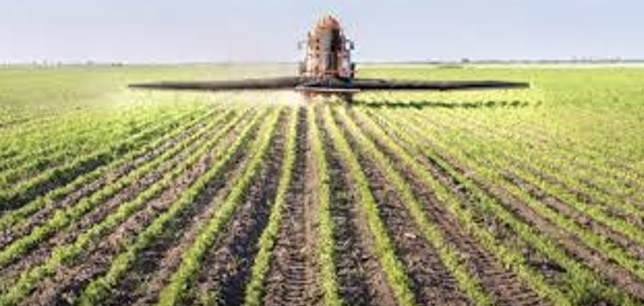
Monoculture Intensification
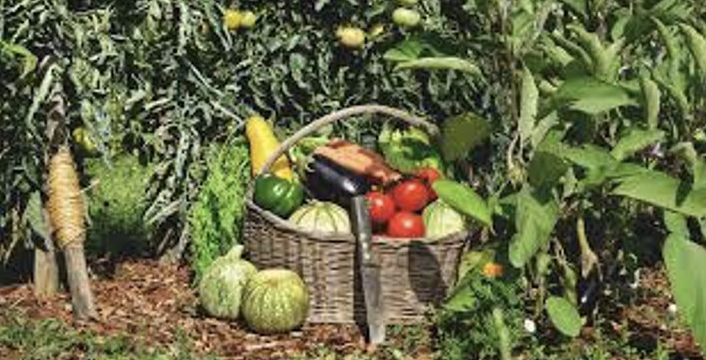
Subsistence Farming
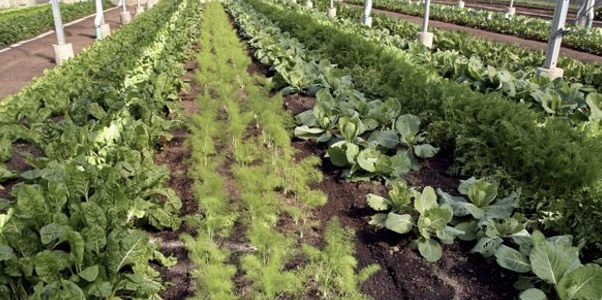
Polyculture Intercropping
Other Agriculture Practices
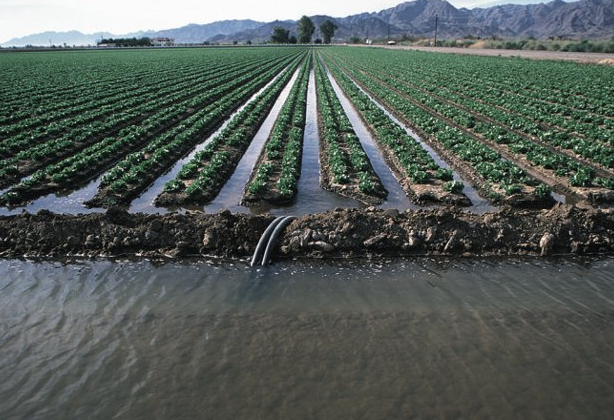
Irrigation
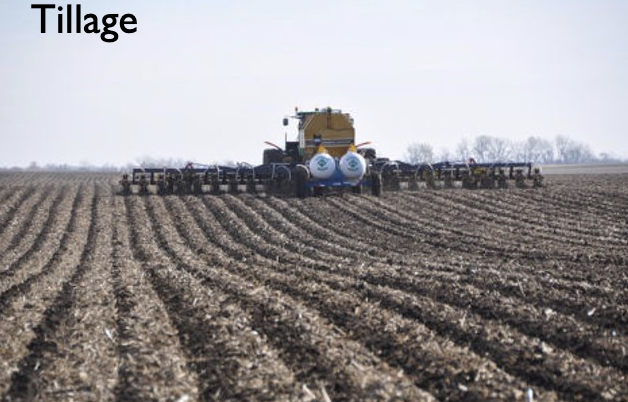
Tillage
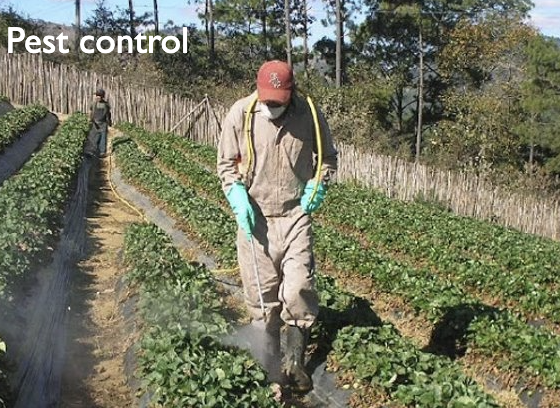
Pest Control
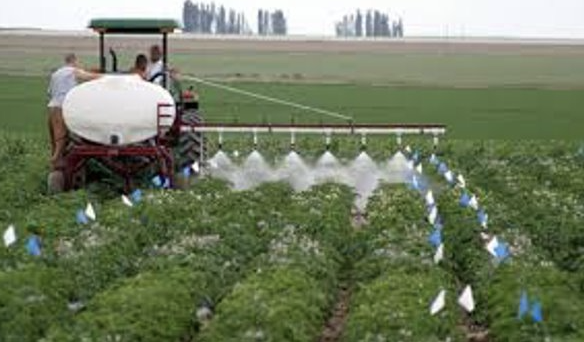
Fertilizing
Steps of the Scientific Method
Problem: What are we testing
Research: Look at the past work of others to see if this problem has already been tested
Formulate a hypothesis: identify variables and explain the expected outcome using an if/then statement
Design the experiment: Detail the materials and procedures that will be used. Identify the control variables.
Test the hypothesis: Follow the experimental design. make observation and collect data
Organize / Summarize the data: Make charts and graphs that explain the collected data summarize all observation
Conclusions: Share what was learned by the experiment. state any potential improvements that could be made.
Rhizotron Project: Weekly Observations
- Define our problem
- Make a hypothesis
- Measure the total growth of roots and above ground biomass
- Sketch pictures of what you see
- Write down any observations
Next Time…

Learn about the carbon cycle
Learn about other important plant nutrients
Continue collecting our observations from rhizotron project